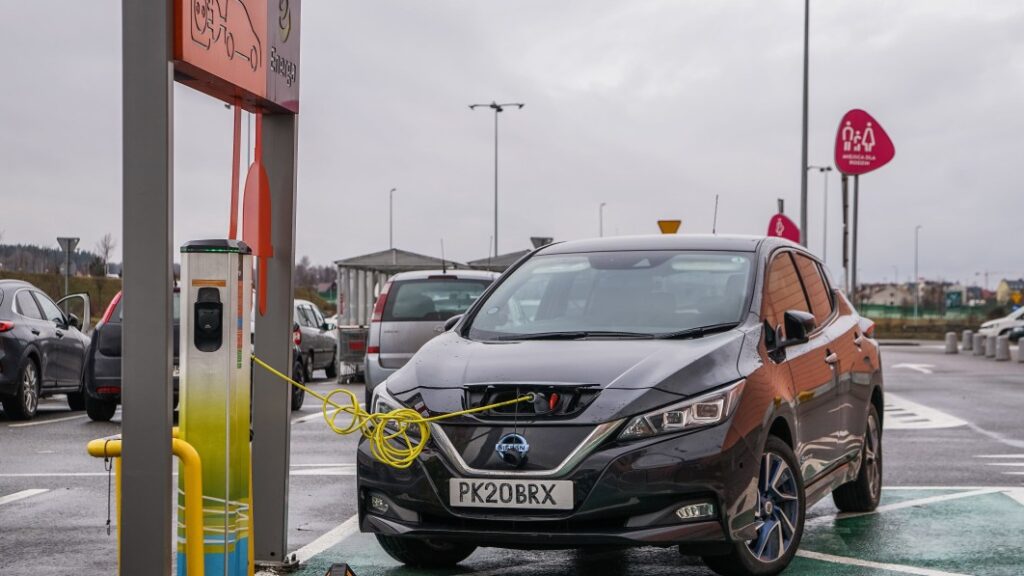There are only 3 EV chargers for every 10,000 Americans, a disparity threatening automakers' $1.2 trillion investment

Where EV charging stands in the US leaves a lot of communities out, according to a new study from Bumper.
Michal Fludra/NurPhoto via Getty Images
A lack of access to public electric car charging is a huge barrier to EV adoption.
More than seven out of every 10 EV chargers are in the richest U.S. counties, according to Bumper.
There are barely 3 EV charge ports for every 10,000 people in the U.S., a new analysis said.
The number of electric car chargers available in the U.S. (and where those chargers are) leaves a lot of people and communities out.
EVs have some serious accessibility and equity challenges to overcome before they go mainstream, as there are major disparities in terms of financial and socio-demographic factors as to who has access to public EV charging, according to a new study from vehicle report platform Bumper.
For example, the richest people in the U.S. have the most access to electric car charging, with nearly 72% of public EV charge plugs in the country’s wealthiest counties. The top fifth of counties in the US (those that are least distressed in terms of income, poverty, and unemployment) account for nearly 33% of all EV charge ports here.
Meanwhile, more than 95% of EV chargers are in counties with majority-white populations. Because the highest-income earning areas in the US also tend to correlate with higher numbers of white and Asian residents, according to Bumper, and there are more charging stations in those areas, generally more white and Asian residents have access to public EV charging.
And while over 63% of the counties in the U.S. have charging stations, 36% of counties do not.
Data indicates there were more than 51,000 public EV charging stations in the U.S. as of March, with over 131,000 plugs. But that balances out to less than 3 charger ports for every 10,000 people in the US — and it’s even fewer for more impoverished areas.
Though it’s not an apples-to-apples comparison, for context, one estimate suggests there are 145,000 gas fueling stations in the country.
While a vast majority of charging can be done at home, plenty of U.S. residents live in multi-family dwellings or buildings without access to a garage and plug, making that difficult in the near-term.
Automakers are in trouble without chargers
Automakers say they are all in on electric cars, pouring up to $1.2 trillion into new product development, new factories, and battery investments. The federal government, too, is keen on EVs, with a goal for 50% of new cars here to be electric by 2030, bolstered by $7.5 billion in Infrastructure Law money going to a nationwide charging network.
But concerns over charging — along with the average cost of new EVs — continue to stand in the way of their widespread success, as adoption hit around 7% in the U.S. in 2022. If EVs are generally too expensive, and charging isn’t available in one’s community, the industry can’t expect them to be able to go electric.



